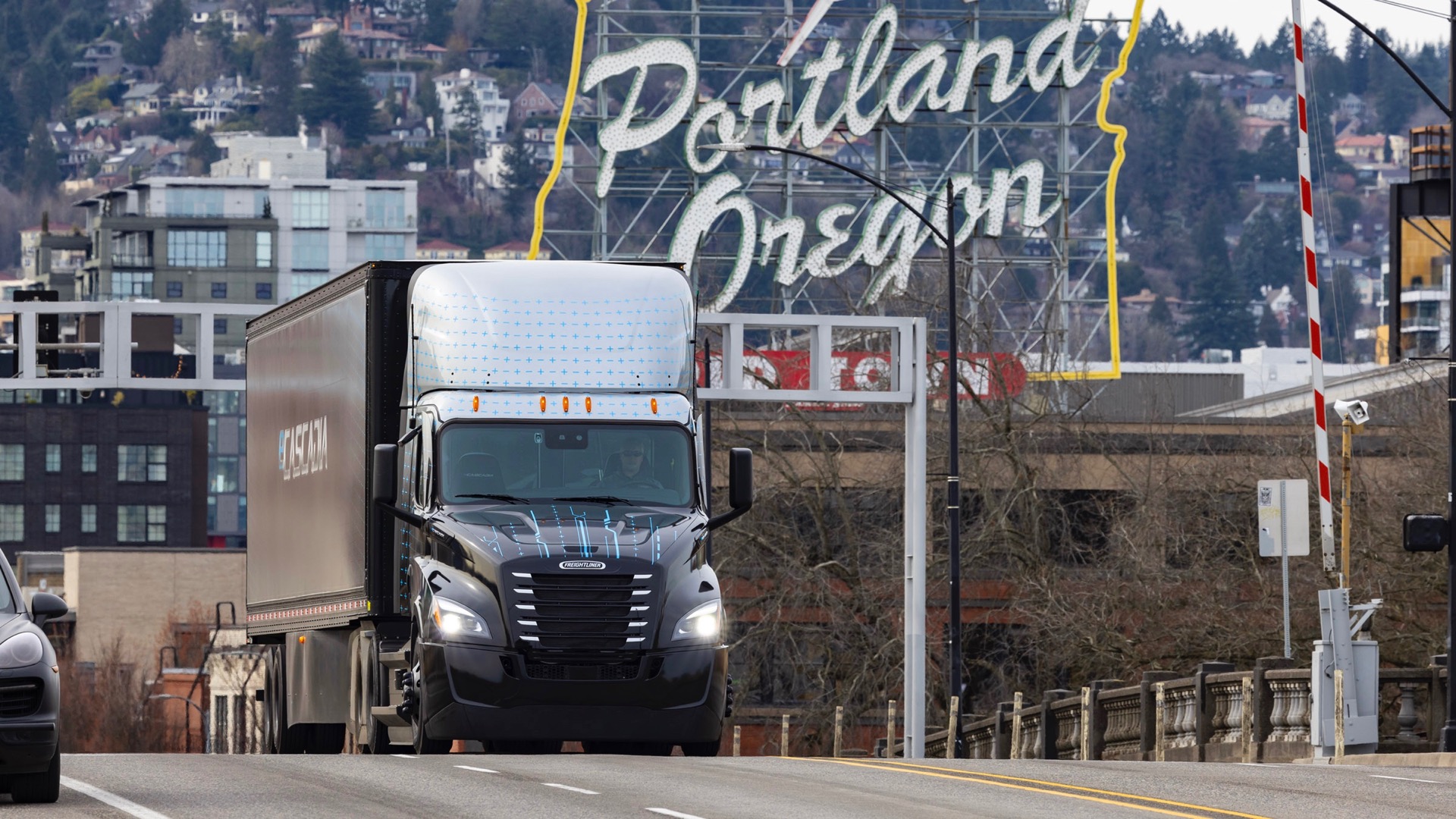Putting bigger battery packs in EVs can boost range, but a new study suggests
it could also lead to a major increase in particulate emissions—from tires.

 www.greencarreports.com
www.greencarreports.com
it could also lead to a major increase in particulate emissions—from tires.

Bigger batteries in EVs could lead to colossal boost in particulate emissions—from tires, study suggests
Emissions Analytics performed chemical analysis of hundreds of new tires and now concludes tire-wear particulate emissions are 1,850 times greater than tailpipe particulate emissions.


